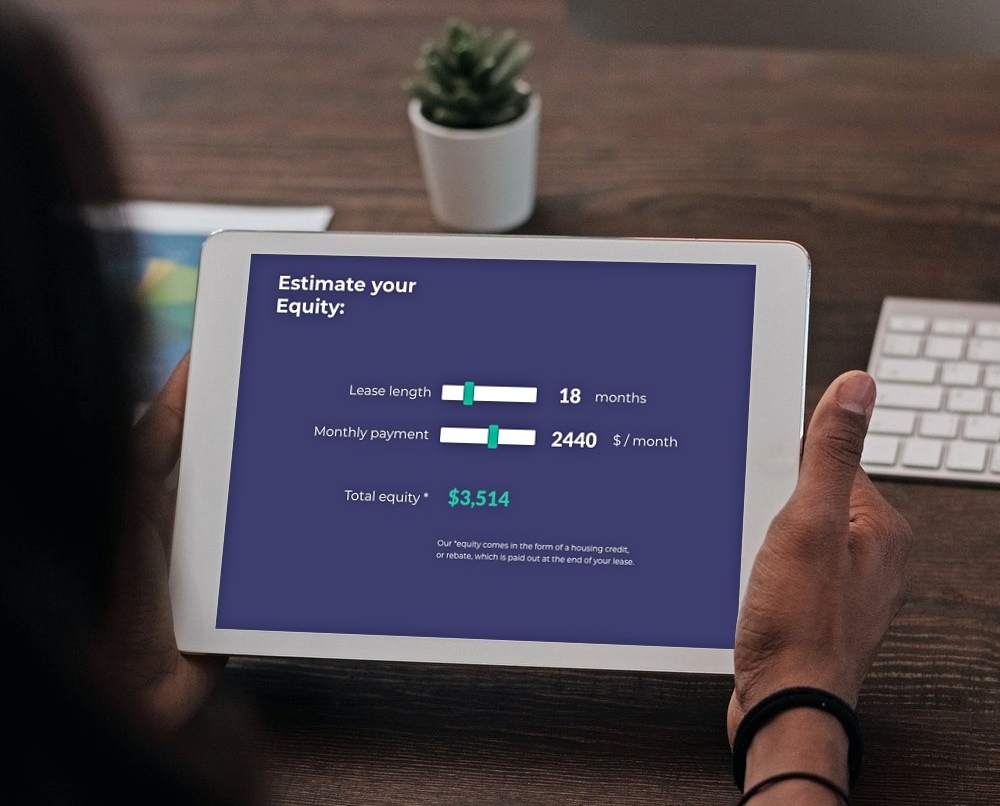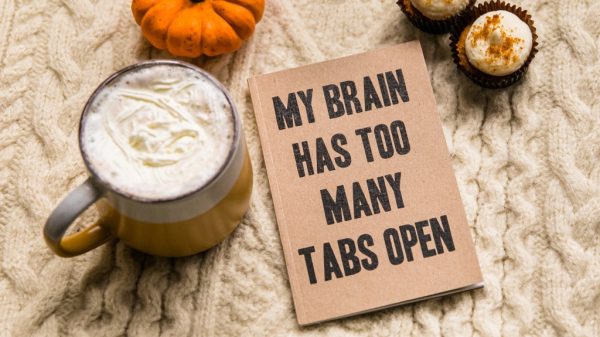It is tricky to grasp the distinction between no-code and low-code. The two terms are often lumped together, but considering the disrupting influence these ideas have had in the tech world, the modern marketing professional ought to understand the difference if they want to explore this movement for themselves.
Both styles of programming are about expediting the app creation process, and enable the creation of surprisingly sophisticated code for your business without requiring any coding expertise.
Rather than focus on what these two styles are, they are more clearly distinguished by who they are for.
Jason Bloomberg put it succinctly: “In the No-Code corner are the ‘citizen developers’ – business users who can build functional but generally limited apps without having to write a line of code. The Low-Code corner, in contrast, centers on professional developers, streamlining and simplifying their work – delivering enterprise-class applications with little or no hand-coding.”
Low-code refers to more complex tools that rely on the user having some understanding of programming to utilize. Stripe, a payment software, is an example of a low-code program, and seamlessly integrates with third party tools. Excel could even be considered low-code, considering how certain actions can be easily automated with some coding and math knowledge. But getting the most out of these programs is a challenge for programming outsiders and newcomers.
Enter no-code – much like Google Translate can help you communicate in a foreign language, the no-code movement is bridging the gap for innovators who have ideas but little to no coding experience.
As the name suggests, no-coders don’t have to learn a language in order to get started building automated processes. With tools like Zapier, creating a program relies on a simple graphic interface rather than written lines of text (which means no typing!)
That simplicity comes with tradeoffs, though. No-code expedites the process of writing more basic apps, and its offerings are fairly industry-specific.
(And just to add another layer of confusion, there are also “hybrids” like that sit somewhere in the middle between no- and low-code.)
You aren’t going to instantly turn into an expert hacker or anything, but if you want to build simple functions, like automated sequences based on incoming emails, no-code is a perfect choice.
All this to say, there are plentiful options in the codeless world for curious people of all skill levels. Yet ironically professional developers may stand to benefit the most from the no-code movement. Having these tools be widely available means potential clients are also able to explore, on their own, how their ideas translate to the app environment.
Or, as creator of MakerPad, Ben Tossell, puts it: “[No-code means that developers] won’t be wasting their time on projects that don’t work. People should have more conviction around the thing they’re trying to build before they speak to the developer.”
The potential for this technology still has yet to be fully unlocked but as it matures and becomes more well known, it’s sure to keep changing the tech game. If you’ve ever been curious about the power of code but are hesitant to spend months studying a programming language, there has never been a better time to dive in.
Desmond Meagley is an award-winning writer, graphic artist and cultural commentator in D.C. A proud YR Media alumn, Desmond's writing and illustrations have been featured in the SF Chronicle, HuffPost, Teen Vogue, The Daily Cal, and NPR among others. In their spare time, Desmond enjoys vegetarian cooking and vigorous bike rides.













































